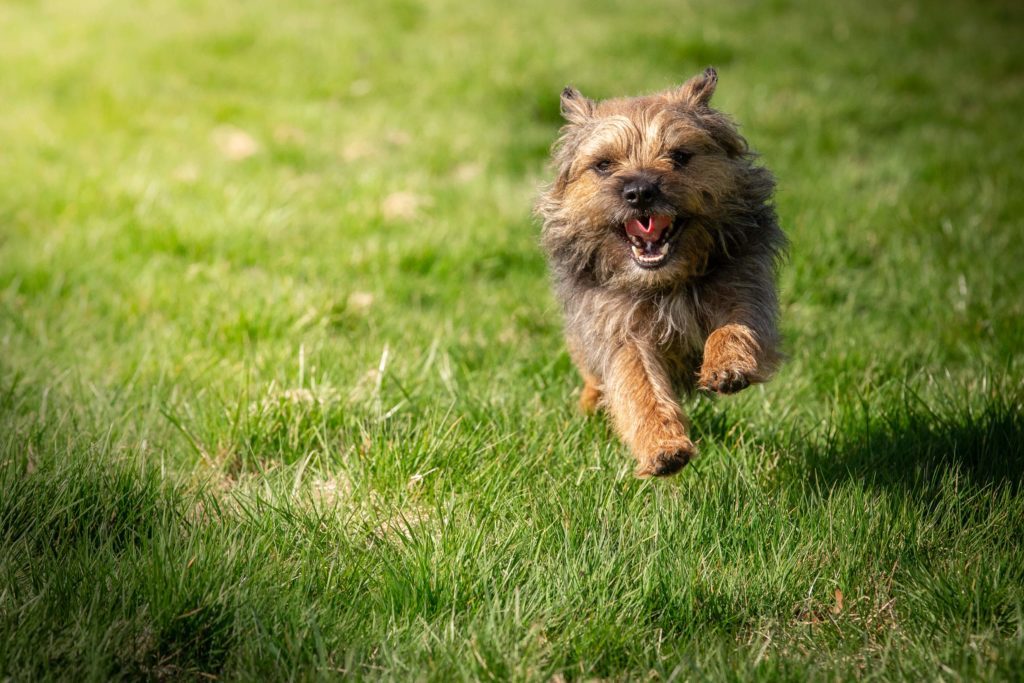Helping your dog with the post Christmas bulge
By Vet Nurse Sophie Baldwin
Sophie used to run a weight loss clinic in her previous role, advising clients on how to manage their dog’s weight loss.
It is not just us that may have gained the pounds over the Christmas period. With many families having relatives and friends visiting over Christmas it is likely that our pets may have had a sneaky sausage roll or two slipped their way and that you might think its time for your dog to go on a diet!
50% of dogs are considered to be overweight which means they are taking in more calories than they are burning off. There is however a difference to being obese than just having gained a few pounds. In this article we are therefore going to look at a few pounds over ideal weight rather than obesity. A dog that is clinically obese needs the support of a veterinary practice to manage its weight loss.
Dogs will show a slight variation in weight over the course of a year just like us and neutered dogs tend to be more at risk of weight gain ( there are some dog foods specifically designed for neutered dogs which contain an average of 30% less calories).
To know if your dog is overweight a body condition score should be done as breed standard weights are just a guide. Your dogs own BCS is a far better evaluation of its ideal weight. You should be able to feel the ribs as you run your hands along the sides of the body but not be able to see them. Your dog should also have a waistline when viewed from above.
Any weight loss program should be done gradually. A suggested food reduction to start is by 10%. the food can be split into three meals a day to keep metabolism burning calories. Dogs will feel less hungry inbetween meals. Feeding from a smaller bowl will also make it look like there is more food in the bowl.
A 1% bodyweight total loss a week is a good and safe rate of loss. If losing more than 3% a week on an ongoing basis the dog is losing the weight too fast and may be starting to break down muscle mass as well.
Always measure the amount to be fed and never use a different brand measuring cup to the brand you are feeding to use as your gram guide. Different brands will have different calorie densitys per gram of food.
Increasing exercise will help burn calories but studies have shown exercise alone is not enough and altering diet is more effective than just exercise.If you are increasing the exercise by too much and also cutting back food you will most likely have a dog that is continually hungry!
When starting any weight loss program it is important to weigh regularly to keep track. It is recommended every 2 weeks after the start of the diet to monitor loss so that any adjustments can be made if weight loss is too rapid. All veterinary practices actively encourage regular weighing and do not charge for this service. A lot of practices will have a set of scales in their weighting room so you can just pop in without necessarily needing an appointment.
It goes without saying any dog on a diet needs to have titbits either cut back or stopped completely. Perhaps carrots or cucumber slices instead- but without the dip!




